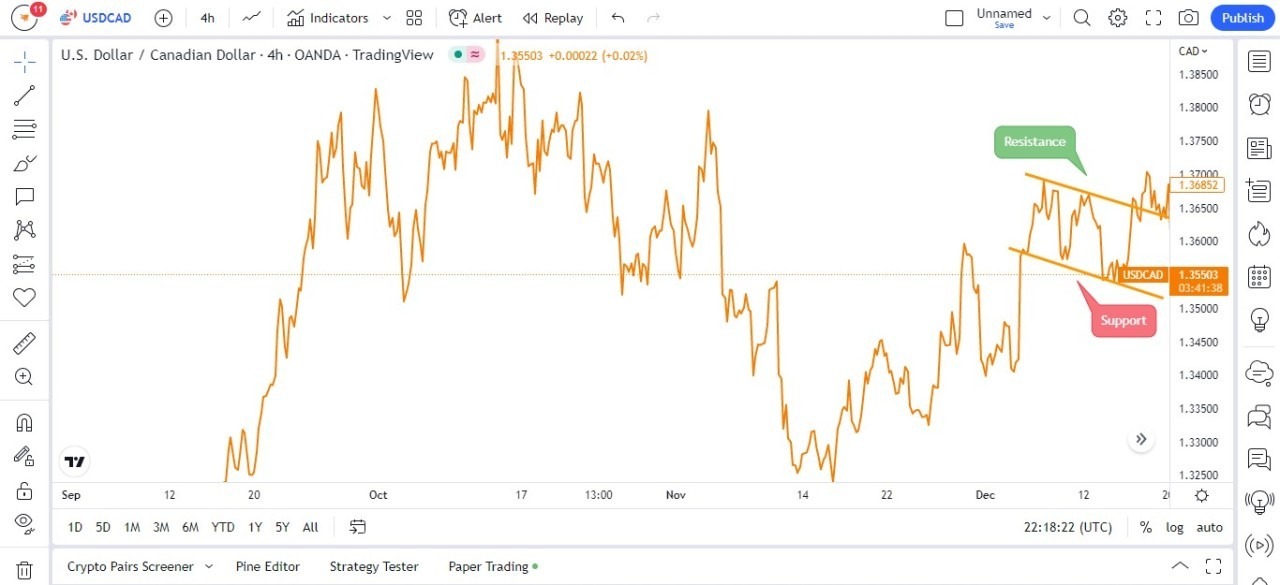Introduction
Bitcoin, the pioneer of cryptocurrencies, has transformed the financial landscape since its inception in 2009. As a decentralized digital currency, Bitcoin offers unique opportunities and challenges for traders. This article provides a comprehensive guide to Bitcoin trading, exploring its fundamentals, trading strategies, risk management techniques, and the potential future of Bitcoin trading.
Understanding Bitcoin
Bitcoin is a digital currency that operates on a decentralized network using blockchain technology. It was created by an anonymous entity known as Satoshi Nakamoto. Unlike traditional currencies, Bitcoin is not controlled by any central authority, which makes it immune to government interference or manipulation.
The Basics of Bitcoin Trading
Bitcoin trading involves buying and selling Bitcoin with the aim of making a profit. Traders can capitalize on Bitcoin’s price volatility by engaging in various trading activities on different platforms. Here are the basic steps involved in Bitcoin trading:
Setting Up a Wallet: A Bitcoin wallet is essential for storing and managing your Bitcoins. Wallets can be software-based (online or offline) or hardware-based (physical devices).

Choosing a Trading Platform: There are numerous trading platforms available, each offering different features, security measures, and fee structures. Popular platforms include Coinbase, Binance, and Kraken.
Funding Your Account: Once you have chosen a platform, the next step is to deposit funds into your trading account. This can typically be done using fiat currency (e.g., USD, EUR) or other cryptocurrencies.
Placing Trades: You can place buy or sell orders based on your trading strategy. Orders can be market orders (executed immediately at the current market price) or limit orders (executed at a specified price).
Monitoring and Managing Trades: Successful trading requires continuous monitoring of the market and managing your trades effectively. This includes setting stop-loss orders to minimize losses and taking profits at the right time.
Bitcoin Trading Strategies
There are several trading strategies that traders use to maximize their profits. Here are some of the most popular ones:
Day Trading: Day traders aim to profit from short-term price movements within a single trading day. This strategy involves high-frequency trading and requires constant monitoring of the market.
Swing Trading: Swing traders hold their positions for several days or weeks, aiming to profit from medium-term price fluctuations. This strategy relies on technical analysis to identify entry and exit points.
Scalping: Scalpers make numerous small trades throughout the day, capitalizing on minor price changes. This strategy requires quick decision-making and a good understanding of market trends.
Buy and Hold: This long-term strategy involves buying Bitcoin and holding it for an extended period, regardless of short-term market fluctuations. Investors who believe in Bitcoin’s long-term potential often adopt this strategy.
Arbitrage: Arbitrage involves buying Bitcoin on one exchange where the price is low and selling it on another exchange where the price is higher. This strategy exploits price discrepancies across different platforms.
Technical Analysis in Bitcoin Trading
Technical analysis is a crucial aspect of Bitcoin trading, helping traders predict future price movements based on historical data. Key components of technical analysis include:
Candlestick Charts: These charts display price movements within a specific time frame, showing the opening, closing, high, and low prices. Candlestick patterns can provide insights into market sentiment.
Moving Averages: Moving averages smooth out price data to identify trends over a period. Common types include Simple Moving Average (SMA) and Exponential Moving Average (EMA).
Relative Strength Index (RSI): RSI measures the speed and change of price movements, indicating overbought or oversold conditions. An RSI above 70 suggests overbought conditions, while below 30 indicates oversold conditions.
Bollinger Bands: These bands consist of a moving average and two standard deviations above and below it. They help traders identify price volatility and potential reversal points.
Fibonacci Retracement: This tool identifies potential support and resistance levels by dividing the vertical distance between a high and low point into key Fibonacci ratios (e.g., 23.6%, 38.2%, 50%, 61.8%).
Fundamental Analysis in Bitcoin Trading
While technical analysis focuses on price patterns, fundamental analysis evaluates Bitcoin’s intrinsic value by considering various factors such as:
Adoption and Usage: The rate at which Bitcoin is being adopted and used for transactions can influence its value. Increased adoption can drive demand and, consequently, the price.
